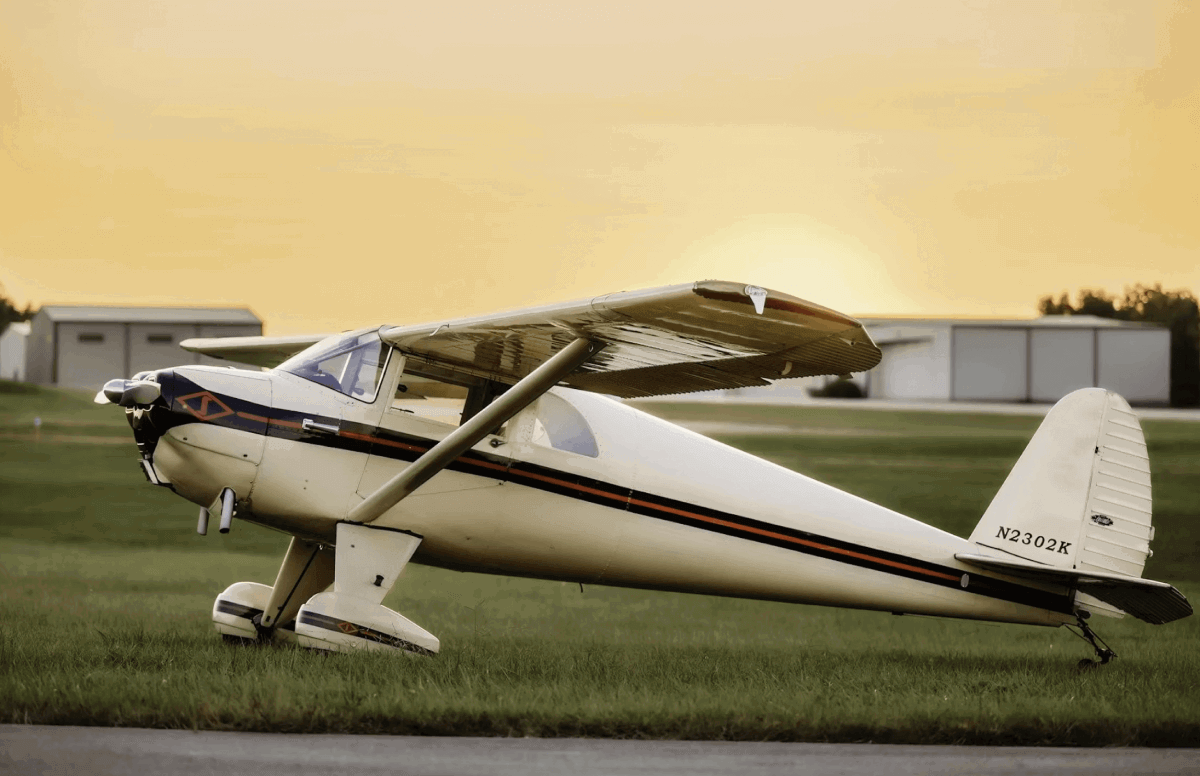Takeoff is normally performed with flaps in the 15-degree position. Only a slight rotation is required for liftoff. The gear is retracted at a safe point, followed by the flaps. If flying an old manual-gear Mooney, relax your grip on the yoke while retracting; onlookers will watch for you to bob and weave as you struggle to get the gear up. The procedure is simple enough: The big chrome bar standing straight up under the center of the panel is unlatched, then you switch your grip to thumb-down and pull the handle 90 degrees aft and down to push it into the gear-up latched position, swiveling your handgrip as you go. The secret is to use the inertia of the swing to avoid stopping short of the floor latch. Extension is much easier. Retracting the electric gear is a piece of cake, as long as you have enough airspeed to activate the motor.
Mooneys like altitude, even the normally aspirated ones, so climb high, watching the CHTs and using cowl flaps appropriately. If you engage the “ram air” feature, be sure to include a “ram air closed” box on your pre-landing checklist. At cruise, the airplanes are stable and comfortable, perfect for cross-country travel. The controls stiffen up as speed increases; Mooneys are not sensitive aerobatic machines.


